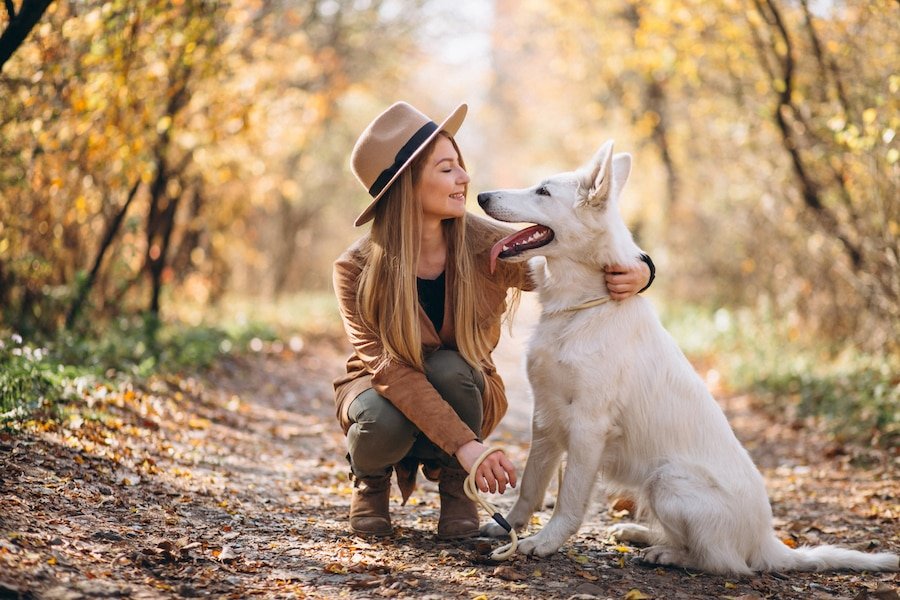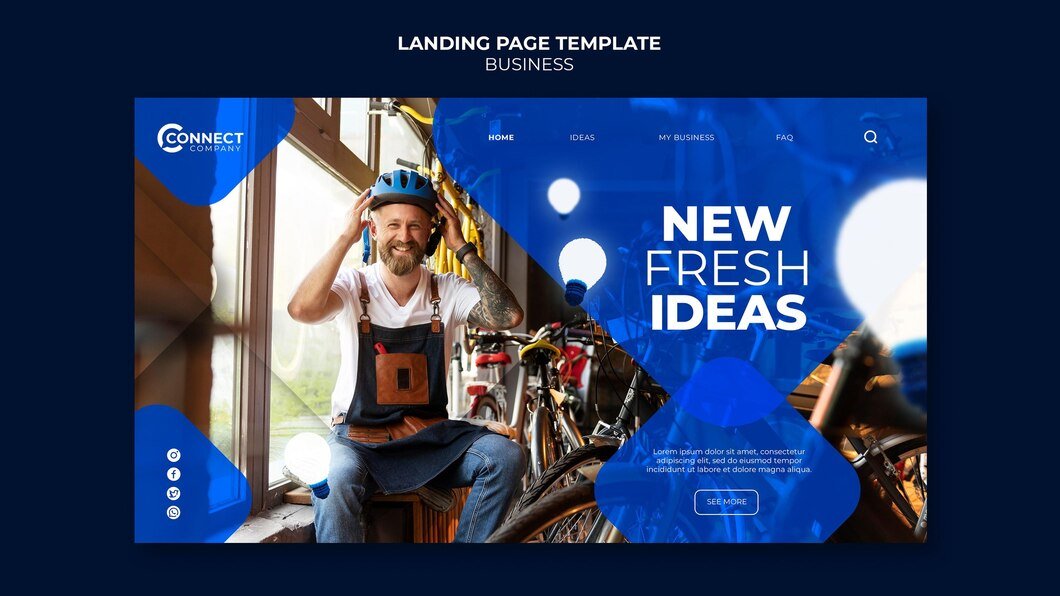Introduction
Creating a professional pet website is a strategic process that requires careful planning, creative design, and targeted content. A well-developed pet website can become a hub for pet owners and lovers, providing valuable information, fostering community, and offering products or services. This guide will walk you through each step to ensure your pet website stands out and attracts a loyal audience.
1. Define Your Purpose and Audience
Clarify Your Website’s Purpose
Before beginning the design process, it’s essential to clarify the purpose of your website. Are you creating a blog, an e-commerce site, an adoption platform, or a combination? Defining the purpose will guide the overall design and content strategy.
Identify Your Target Audience
Understand who your target audience is. Are you catering to dog owners, cat enthusiasts, or all pet lovers? Knowing your audience helps tailor the content and features to meet their needs and interests.
2. Choose the Right Platform
Select a Website Builder
Choose a website builder that suits your needs. Platforms like WordPress, Wix, and Shopify offer various features and flexibility. Consider ease of use, customization options, and scalability when making your decision.
Secure a Domain Name and Hosting
Your domain name should be memorable and reflect your brand. Select a reliable hosting service that offers good speed, security, and customer support. A secure and fast website enhances user experience and improves SEO rankings.
3. Design a User-Friendly Interface
Create a Responsive Design
Ensure your website has a responsive design that works seamlessly on all devices, including desktops, tablets, and smartphones. Mobile-friendly designs are crucial for user experience and search engine rankings.
Develop Intuitive Navigation
Design intuitive navigation to help visitors find what they’re looking for easily. Use clear, descriptive labels for menu items and include a search bar for added convenience. An organized layout keeps visitors engaged and reduces bounce rates.
Incorporate Visual Appeal
Use high-quality images and videos to make your site visually appealing. Pet lovers are drawn to engaging visuals, so incorporate photos and videos of pets prominently. Ensure the design is clean, with ample white space to enhance readability.
4. Create Engaging and Informative Content
Write Compelling Blog Posts
Regularly update your site with compelling blog posts that provide valuable information to pet owners. Topics can include pet care tips, training guides, product reviews, and heartwarming pet stories. High-quality, well-researched content will attract and retain visitors.
Utilize User-Generated Content
Encourage your audience to share their pet stories, photos, and videos. User-generated content fosters community and increases engagement. Create sections for pet profiles, adoption success stories, and user testimonials to add a personal touch.
Optimize for SEO
Ensure your content is SEO-friendly by using relevant keywords naturally throughout your articles, meta descriptions, and headers. Incorporate internal and external links to reputable sources to enhance credibility and improve search engine rankings.
5. Integrate Essential Features
Pet Adoption Section
If your website supports pet adoption, create a dedicated pet adoption section. Include detailed profiles of pets available for adoption, along with high-quality images and videos. Provide clear information about the adoption process and contact details for inquiries.
E-Commerce Functionality
For websites selling pet products, integrating an e-commerce platform is essential. Ensure the online store is easy to navigate, with clear product categories, detailed descriptions, and high-quality images. Offer a secure and user-friendly checkout process to enhance the shopping experience.
Interactive Elements
Incorporate interactive features such as forums, Q&A sections, and live chat support. These features allow visitors to engage with each other and seek advice from experts. Interactive elements foster a sense of community and keep visitors returning to your website.
6. Enhance User Experience
Fast Loading Speeds
Optimize your website for fast loading speeds. Slow-loading websites frustrate users and increase bounce rates. Compress images, use a reliable hosting service, and implement caching techniques to improve load times.
Accessibility
Ensure your website is accessible to all users, including those with disabilities. Use alt text for images, provide transcripts for videos, and ensure the site is navigable using a keyboard. Accessibility broadens your audience and improves SEO.
Regular Updates and Maintenance
Regularly update your website to fix any bugs, add new features, and keep the content fresh. Conduct routine maintenance to ensure all links are working and the site remains secure. An up-to-date website builds trust and credibility with your audience.
7. Promote Your Pet Website
Leverage Social Media
Utilize social media platforms to promote your pet website. Create engaging posts, share user-generated content, and participate in relevant groups and forums. Social media is a powerful tool for driving traffic and building a community around your website.
Implement Email Marketing
Develop an email marketing strategy to keep your audience informed about new blog posts, product launches, and special offers. Collect email addresses through sign-up forms and offer incentives such as discounts or free resources to encourage subscriptions.
Collaborate with Influencers
Partner with pet influencers, bloggers, and organizations to increase your website’s visibility. Collaborations can help you reach a broader audience and add credibility to your site. Consider guest blogging, cross-promotions, and co-hosting events to enhance your outreach efforts.
8. Monitor and Analyze Performance
Utilize Analytics Tools
Implement analytics tools like Google Analytics to monitor your website’s performance. Track metrics such as page views, bounce rates, and user engagement to understand how visitors interact with your site. Use this data to identify areas for improvement and optimize your content strategy.
Gather Feedback and Reviews
Encourage visitors to leave feedback and reviews about their experience on your website. Use this feedback to make necessary adjustments and improve user satisfaction. Positive reviews can also serve as testimonials to attract new visitors.
Conduct A/B Testing
Perform A/B testing to compare different versions of your website and determine which elements perform best. Test variations of headlines, images, call-to-action buttons, and layouts to optimize your site’s design and functionality.
9. Build a Community
Create Forums and Discussion Boards
Establish forums and discussion boards where pet owners can interact, share advice, and support each other. A vibrant community fosters loyalty and encourages repeat visits. Moderators can help manage the discussions and maintain a positive environment.
Host Events and Webinars
Organize events and webinars to engage your audience and provide valuable information. Topics can range from pet training workshops to health and nutrition seminars. Events create opportunities for direct interaction with your audience and can position your website as an authority in the pet niche.
Implement Loyalty Programs
Develop loyalty programs to reward frequent visitors and customers. Offer discounts, exclusive content, and special perks to members. Loyalty programs encourage repeat business and help build a dedicated community around your website.
10. Ensure Security and Privacy
Secure Transactions
Ensure all transactions on your site are secure by using SSL certificates and reputable payment gateways. Security is crucial for building trust with your customers, especially if your site involves e-commerce or collects personal information.
Privacy Policies
Clearly state your privacy policies to inform visitors how their data will be used and protected. Transparency in your privacy practices builds trust and assures visitors that their information is safe.
Regular Security Audits
Conduct regular security audits to identify and fix vulnerabilities in your website. Stay updated on the latest security trends and implement measures to protect against threats. A secure website is essential for maintaining user trust and preventing data breaches.
Conclusion
Developing a professional pet website involves a blend of creative design, strategic planning, and consistent effort. By following this step-by-step guide, you can create a website that not only attracts pet owners and lovers but also builds a loyal and engaged community. Focus on delivering value, fostering connections, and ensuring a seamless user experience to make your pet website stand out in the digital landscape.













